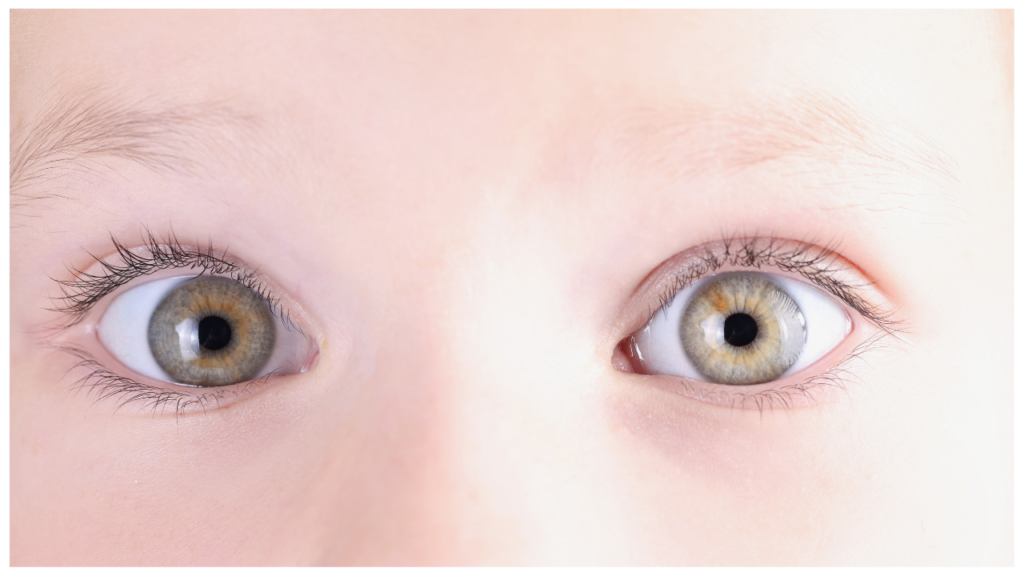Managing Squint in Children: Causes, Treatments, and Long-Term Care

When it comes to the well-being of our little ones, nothing is more important than their health, including their eye health. One common eye condition in children is squint, also known as strabismus. If your child has been diagnosed with squint, you might have many questions about the causes, treatments, and long-term care. Let’s dive into everything you need to know about managing squint in children.
Introduction
Squint, or strabismus, is a condition where the eyes do not align properly. One eye may turn in, out, up, or down while the other eye looks straight ahead. This misalignment can affect a child’s vision development and overall eye health if not treated promptly. Understanding the causes, recognizing the symptoms, and exploring the treatment options can help ensure the best care for your child.
Understanding Squint
What is Squint in Children?
Squint occurs when the eye muscles fail to work together correctly. This misalignment can lead to double vision or the suppression of one eye to avoid seeing double. Squint can be constant or intermittent and may affect one or both eyes.
Types of Squint
Squint can be categorized into several types based on the direction of the misalignment:
Esotropia
Esotropia is when one or both eyes turn inward toward the nose. It is the most common type of squint in children and can be congenital (present at birth) or acquired.
Exotropia
Exotropia is characterized by one or both eyes turning outward, away from the nose. It can be constant or intermittent, often noticed when the child is tired or focusing on distant objects.
Hypertropia
Hypertropia occurs when one eye is higher than the other. This type of squint can cause vertical double vision, making it challenging for the eyes to work together.
Hypotropia
Hypotropia is when one eye is lower than the other. Like hypertropia, it can lead to vertical double vision and difficulty in visual coordination.

Causes of Squint in Children
Understanding the underlying causes of squint is crucial for effective management and treatment. Several factors can contribute to the development of squint in children.
Genetic Factors
Squint can run in families. If there is a family history of squint or other eye conditions, the likelihood of a child developing the condition increases.
Neurological Disorders
Certain neurological disorders can affect the nerves controlling the eye muscles, leading to squint. Conditions such as cerebral palsy and Down syndrome are often associated with a higher incidence of squint.
Vision Problems
Uncorrected vision problems like long-sightedness (hyperopia) can cause the eyes to work harder to focus, potentially leading to squint. Other vision issues, such as cataracts or retinal problems, can also contribute to the development of squint.
Diagnosing Squint
Early diagnosis and intervention are key to managing squint effectively. Parents and caregivers should be vigilant for signs and symptoms and seek professional evaluation if squint is suspected.
Early Signs to Watch For
Some early signs of squint include:
- One eye turning in a different direction from the other.
- Frequent squinting or closing one eye.
- Head tilting or turning to use one eye more effectively.
- Complaints of double vision or difficulties with depth perception.
Professional Eye Exams
An eye specialist, such as a pediatric ophthalmologist, can conduct a comprehensive eye exam to diagnose squint. This examination may include visual acuity tests, eye alignment assessments, and a detailed evaluation of eye movements.
Treatment Options for Squint
The goal of squint treatment is to improve eye alignment and ensure optimal vision development. Treatment options vary depending on the type and severity of the squint.
Non-Surgical Treatments
Glasses and Contact Lenses
Corrective lenses can address underlying vision problems that contribute to squint. In some cases, glasses or contact lenses alone can significantly improve eye alignment.
Vision Therapy
Vision therapy involves a series of exercises designed to strengthen the eye muscles and improve coordination. This therapy is often used in conjunction with other treatments to enhance results.
Patching
Patching involves covering the stronger eye to force the weaker eye to work harder. This treatment can help improve the weaker eye’s muscle strength and alignment.
Surgical Treatments
When non-surgical treatments are insufficient, surgery may be necessary to correct the alignment of the eyes.
Squint Eye Surgery
Squint eye surgery involves adjusting the eye muscles to achieve better alignment. The specific procedure depends on the type and severity of the squint. Surgery is typically performed under general anesthesia, and children can usually go home the same day.
Post-Surgery Care
After surgery, follow-up care is essential to monitor healing and ensure the best outcomes. This may include additional vision therapy, regular eye exams, and adherence to any prescribed treatments.
Long-Term Care for Children with Squint
Managing squint is not just about immediate treatment but also about long-term care and monitoring to ensure sustained eye health.
Regular Eye Check-Ups
Regular eye check-ups are crucial for tracking progress and addressing any new issues that may arise. These check-ups help ensure that the treatment plan remains effective over time.
Vision Development Monitoring
Monitoring a child’s vision development is essential, especially during their formative years. This involves assessing visual acuity, depth perception, and eye coordination regularly.
Psychological and Social Impact of Squint
Beyond the physical aspects, squint can have psychological and social implications for children. Addressing these issues is vital for their overall well-being.
Building Self-Esteem
Children with squint may experience self-esteem issues due to their appearance or difficulties in social interactions. Encouraging positive self-image and providing emotional support can help build their confidence.
Support from Family and Friends
A supportive environment plays a significant role in a child’s ability to cope with squint. Family and friends should offer encouragement and understanding, reinforcing the importance of treatment and care.
The Role of Parents and Caregivers
Parents and caregivers are crucial in managing squint in children. Their involvement can significantly influence the success of the treatment plan.
Encouraging Treatment Adherence
Ensuring that children adhere to their treatment plans, including wearing glasses, attending vision therapy sessions, and following post-surgery care instructions, is essential for effective management.
Creating a Supportive Environment
Creating a nurturing and supportive environment at home and school can help children with squint feel more comfortable and accepted. This includes educating teachers and peers about the condition.
Conclusion
Managing squint in children requires a comprehensive approach that includes early diagnosis, appropriate treatment, and long-term care. By understanding the causes, recognizing the symptoms, and exploring various treatment options, parents and caregivers can ensure their child receives the best possible care for their eye health. Remember, addressing both the physical and emotional aspects of squint is crucial for the overall well-being of the child.
FAQs
What are the early signs of squint in children?
Early signs of squint include one eye turning in a different direction from the other, frequent squinting, head tilting, and complaints of double vision.
Can squint be corrected without surgery?
Yes, squint can often be corrected without surgery through non-surgical treatments such as glasses, vision therapy, and patching.
How long does recovery take after squint eye surgery?
Recovery time after squint eye surgery varies, but most children can return to normal activities within a few days to a week, with full healing taking several weeks.
What are the risks of squint eye surgery?
Risks of squint eye surgery include infection, overcorrection or under-correction of the eye alignment, and the need for additional surgeries. However, these risks are generally low.
How can parents support a child with squint?
Parents can support a child with squint by ensuring adherence to treatment plans, providing emotional support, and creating a supportive environment at home and school.

 English
English 



